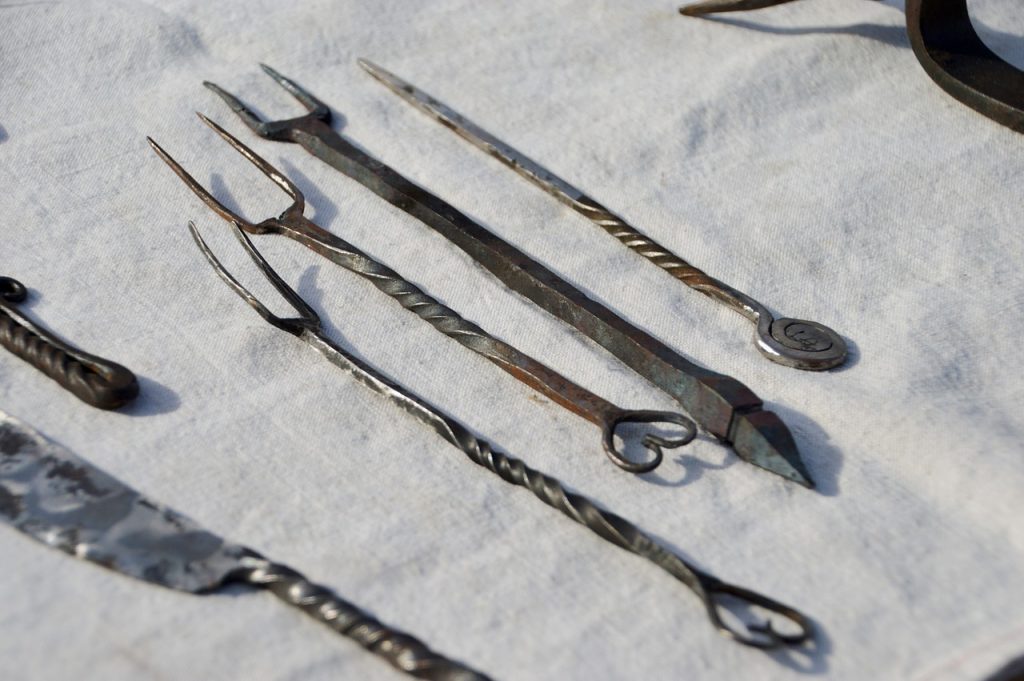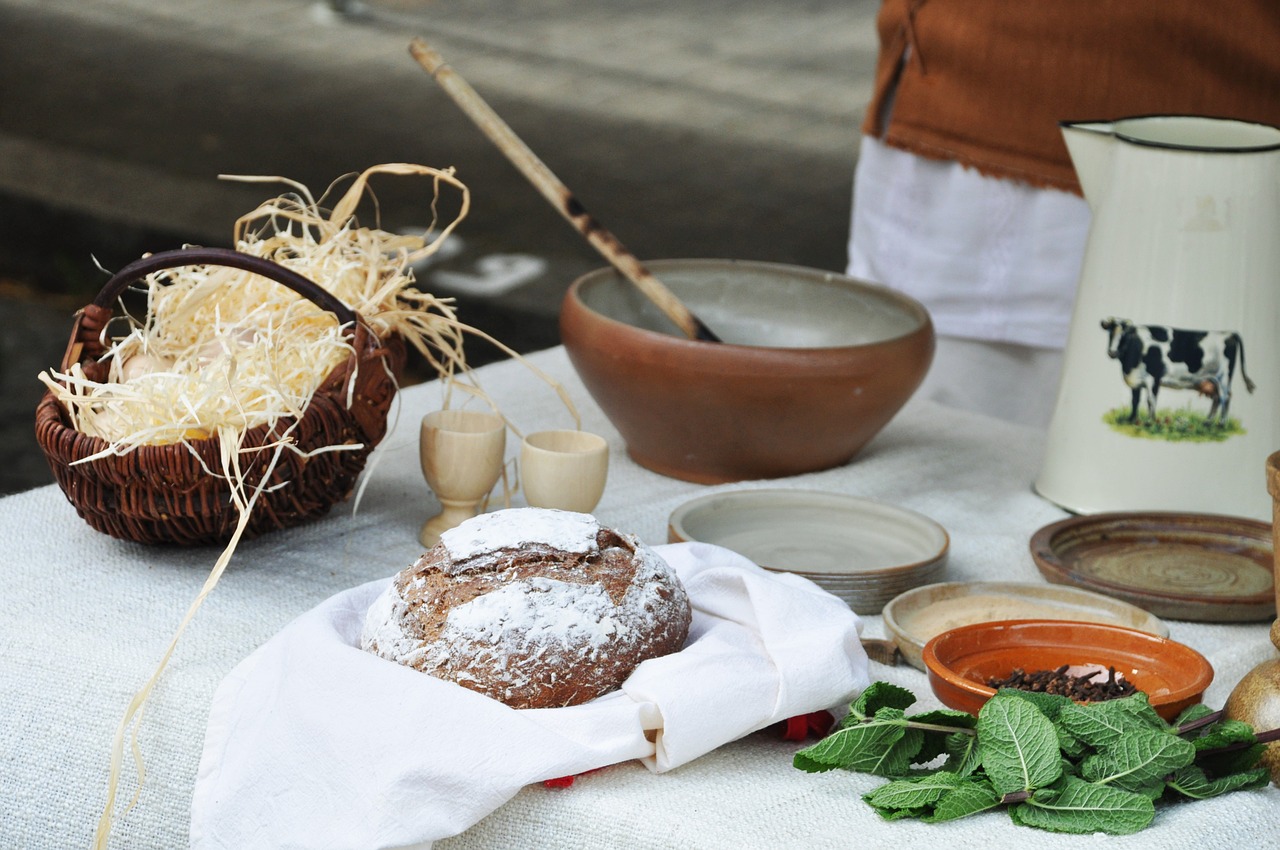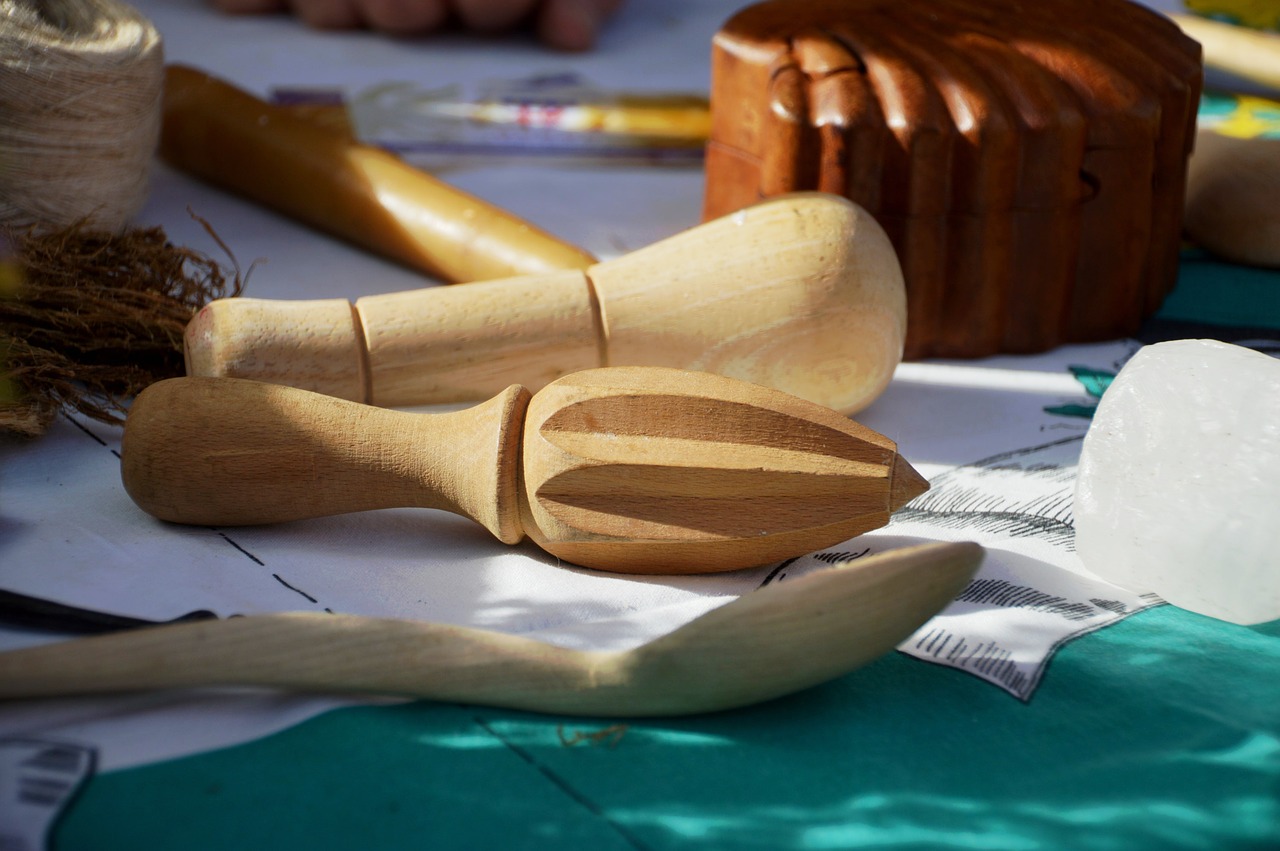The Taste of Medieval Foods

The well-off had high expectations for the cooks they employed. They were expected to produce delicious meals and to present them in a creative and inspiring way. Today’s chefs are able to speak for the ingredients, but the Middle Ages cooks were able to create artifice and fantasy with a Disneyesque flair. It was something that guests and patrons both expected.
A typical medieval feast at a castle or great manor consisted of three to four courses. Each course consisted of four to five dishes. Repeating dishes was not uncommon. According to medical beliefs, the sequence of courses was usually set according to how the food was being cooked. Therefore, it was important to start with lighter dishes and work your way up to heavier dishes. Hippocras was served as a digestif at the end of the meal. Spiced wine was also served. The Hippocras spices had to be ground in a sieve called manicure Hippocraticum (sleeve Hippocrates), which is a reference to Hippocrates, the Greek father and founder of medicine.

The medieval banquet was a feast for the eyes
It was common to entertain guests with a “subtlety” or entremets between courses. This could replace a historical reenactment or an edible food item that is meant to entertain and amaze guests. Peter Freedman, Out of the East, describes a favorite subtilty that is served at banquets. Powys En Gele is basically aspic apples. These were actually meatballs flavored with parsley sauce and served alongside aspic. Although they were edible, they were not what they appeared to be. Subtleties can also make political statements. Paul Freedman, in A History of Taste, discusses a 1416 dinner in honor of the Duke of Savoy. What was the occasion? The newly acquired territory of the Duke. The pastry chef created a relief map to represent the new duchy for the subtlety. Edible? Perhaps, but the dual purpose was served by the subtlety in any way.


The Middle Ages tasted very different from modern tastes
The medieval palate was able to enjoy lamprey and peacock as well as swans, partridge, swans, and other small songbirds. Except for the eel, these items are not present in today’s culinary offerings. Dairy products were often viewed as the preserve of the peasant classes. The wealthy rarely ate sausages. Why? Sausages were preserved. The wealthy could easily access fresh meats so they didn’t feel the need to eat preserved foods. Although household accounts show that fruits were eaten, they are not prominently featured in the cookbooks.
Medieval food was anything but boring and drab. They combined art with artifice to delight the palate and the eyes. Foods that are rich in flavor and presentation were possible thanks to the prolific use of special effects and spices.





